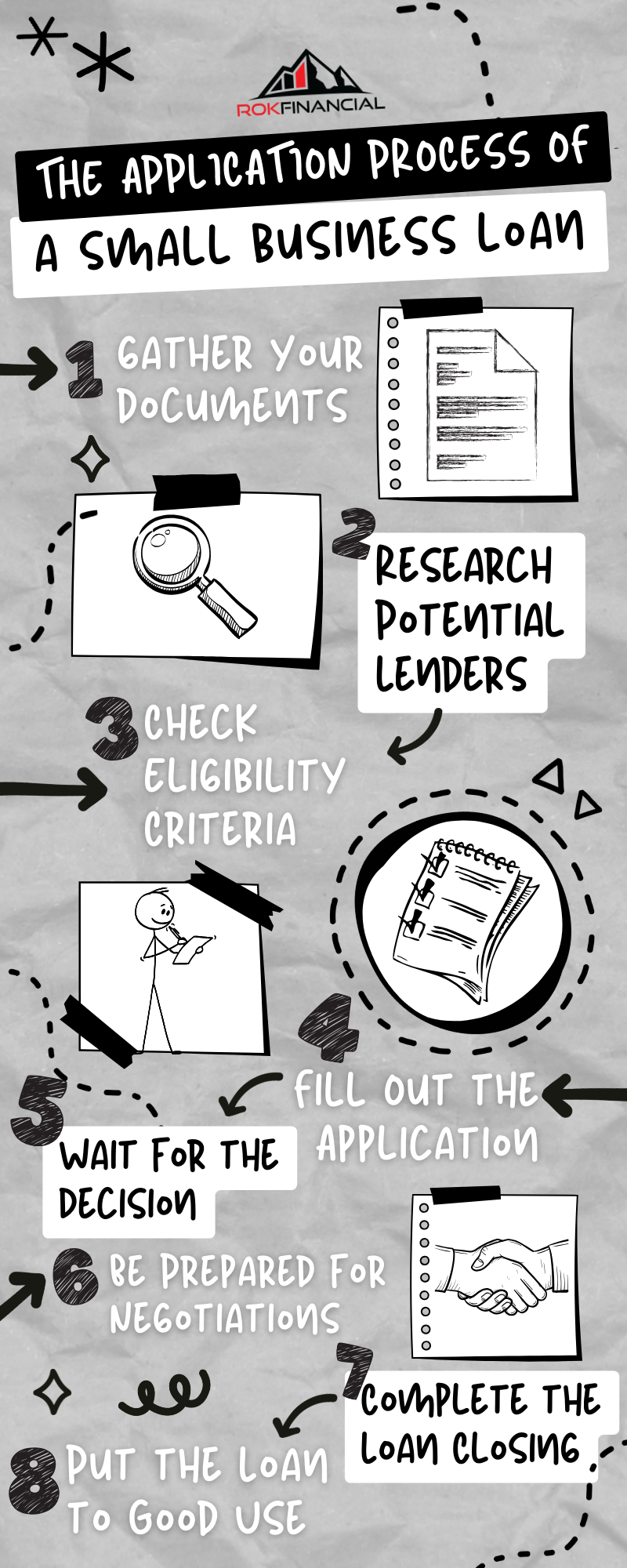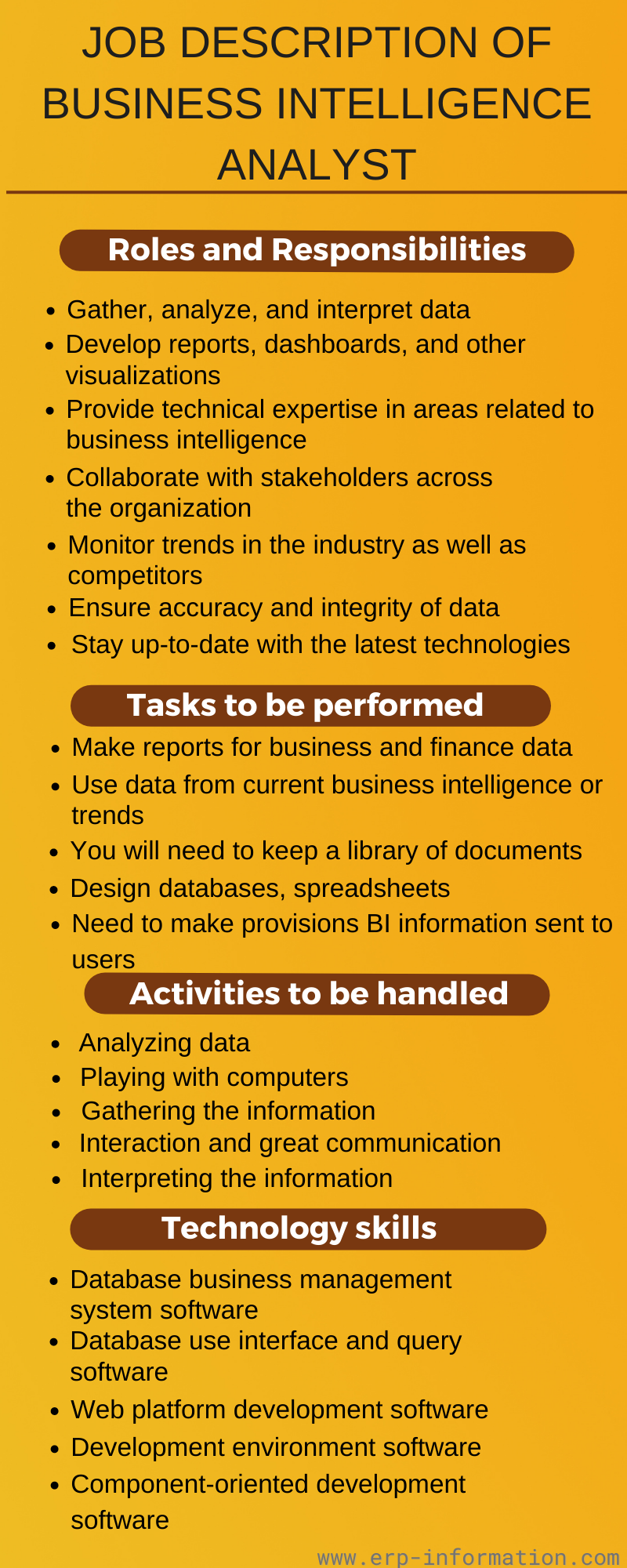Craft a Compelling Small Business Loan Proposal
Applying for a small business loan can be a daunting process, but with the right preparation and compelling proposal, you can significantly increase your chances of approval. To help you get started, we’ve compiled a sample proposal that outlines the key sections you need to include, along with detailed instructions and tips on how to write each section effectively.
1. Executive Summary
This section should be a concise and compelling overview of your business, its financial needs, and why you need a small business loan. It’s your chance to make a strong first impression, so make sure it’s well-written and attention-grabbing.
- Start with a strong hook: Begin with a captivating statement or question that immediately grabs the reader’s attention. For instance, "In today’s competitive business landscape, securing the right funding can be the difference between thriving and merely surviving."
- Introduce your business: Briefly describe your business, including your industry, location, and unique value proposition.
- State your financial needs: Clearly state the amount of funding you’re requesting and explain how you plan to use the funds.
- Highlight your potential: Showcase your business’s potential for growth and profitability. Emphasize your competitive advantages and market opportunities.
- End with a call to action: Conclude with a strong call to action, urging the lender to consider your proposal and provide the necessary financing.
Here’s an example of an effective executive summary:
Executive Summary
XYZ Manufacturing: A Leading Innovator in Custom Machining
XYZ Manufacturing is a rapidly growing precision machining company that has established itself as a leading provider of custom-engineered components. Our state-of-the-art facility and experienced team of engineers enable us to meet the most demanding specifications and deliver exceptional quality to our customers.
With a proven track record of success and an expanding customer base, we seek a small business loan of $500,000 to invest in new equipment and expand our production capacity. This strategic investment will allow us to capitalize on increasing market demand and position our company for continued growth and profitability. We are confident that with the right financing, we can transform our business into a powerhouse in the custom machining industry.
Small Business Loan Proposal Sample
In this competitive business landscape, small businesses are the backbone of our economy, contributing significantly to job creation and innovation. But when it comes to accessing capital, small businesses often face challenges that larger companies don’t. One way to overcome this hurdle is through small business loans, which can provide the necessary funding to start or expand operations.
To increase your chances of securing a loan, it’s crucial to present a well-crafted loan proposal that effectively communicates your business’s financial standing and growth potential. Here’s a comprehensive guide to writing a small business loan proposal that will impress lenders and help you secure the funding you need.
Financial Statements
Financial statements are the backbone of any loan proposal, providing a detailed snapshot of your business’s financial health. They include:
-
Balance Sheet: This statement outlines your business’s assets, liabilities, and equity at a specific point in time. It provides a comprehensive view of your company’s financial structure and can indicate its overall stability and solvency.
-
Income Statement: This statement reports your business’s revenues, expenses, and profits over a specific period. It helps lenders assess your profitability and ability to generate cash flow.
-
Cash Flow Statement: This statement tracks the movement of cash in and out of your business. It demonstrates your ability to meet financial obligations and fund operations.
To ensure credibility, consider having your financial statements reviewed by an independent accountant. This will provide lenders with an unbiased assessment of your financial health.
Business Plan
The business plan is the roadmap for your business’s future. It outlines your company’s goals, strategies, and how you plan to achieve them. It should be comprehensive and include the following sections:
-
Executive Summary: A concise overview of your business, its mission, and key financial information.
-
Market Analysis: A detailed analysis of your target market, competition, and industry trends.
-
Products or Services: A description of your products or services and their unique selling points.
-
Operations: An outline of your business’s operations, including your production processes, staffing, and customer service.
-
Marketing and Sales: A strategy for reaching your target market, generating sales, and building customer relationships.
-
Financial Projections: Detailed financial projections for the next 3-5 years, including revenue, expenses, profits, and cash flow.
Collateral
If you don’t have a strong financial history or are seeking a larger loan amount, lenders may require collateral to secure the loan. Collateral can include assets such as real estate, equipment, or inventory. By offering collateral, you reduce the lender’s risk and increase the likelihood of securing a loan.
Personal Guarantee
In addition to collateral, lenders may also require a personal guarantee from the business owner. This means that you will be personally liable for the loan if the business is unable to repay it. Weigh the pros and cons carefully before signing a personal guarantee.
Conclusion
A well-written loan proposal is essential for securing the funding you need to grow your business. By following these guidelines and providing comprehensive financial information, a strong business plan, and any necessary collateral, you will increase your chances of impressing lenders and unlocking the capital you need to succeed.





Leave a Reply